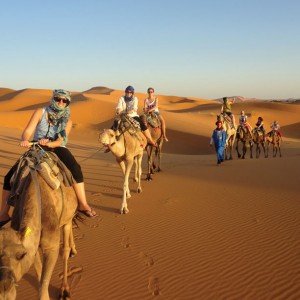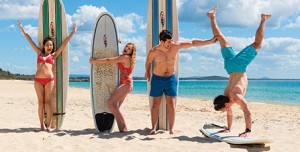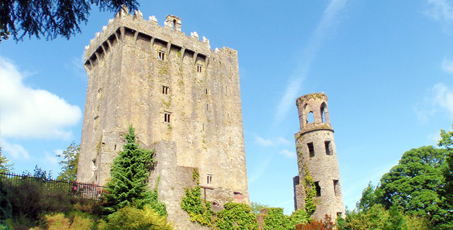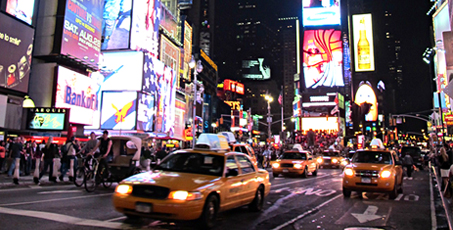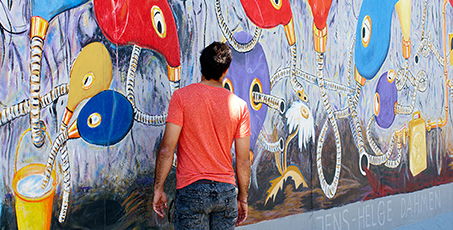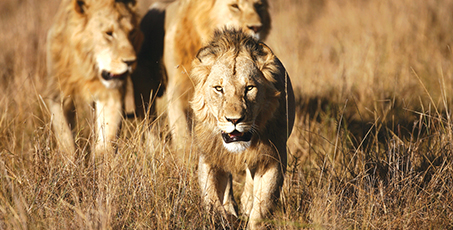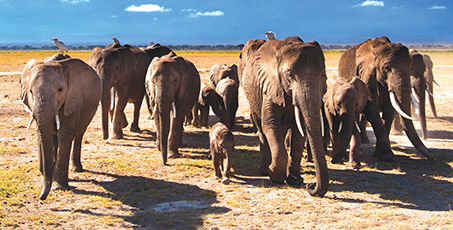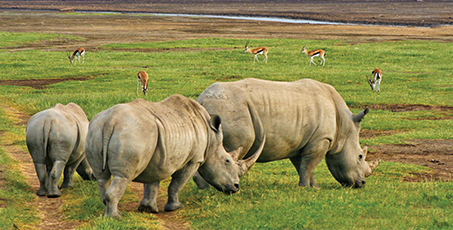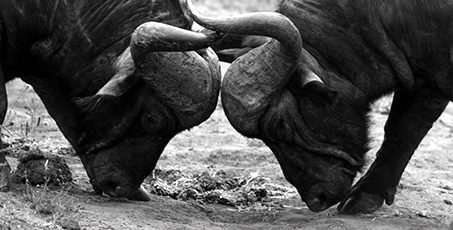40 things to do before you’re 40 – Number 29!
August 27th, 201329. Cross the Arctic Circle and see the Midnight Sun
What would you do if you have a few extra hours of sunlight each day? Would you be motivated to make the most of it and do some late-night exercise, socialise with friends or just enjoy the outdoors? Well, what if the sun never set and you had 24 hours of sunlight each day for a couple of months? For those who live in parts of Norway, Sweden, Finland, Greenland, Iceland, Russia, the United States and Canada that are above the Arctic Circle, days that are full of sunlight are not so uncommon.
Before jumping straight into the phenomenon that is the Midnight Sun, let’s talk ‘Arctic Circle’. The Arctic Circle is one of Earth’s major circles of latitude in which the area northward will have the sun above or below the horizon for a continuous 24 hours at least once a year. This area north of the Circle is known as the Arctic and it’s generally a pretty cold place to be with the lowest recorded temperature hitting a cosy -68 °C! Brrrrr!
Due to the extreme weather conditions, the Arctic is not a very populated area of the world. Some of the most inhabited areas belong to Russia, with around 500,000+ Russians calling the Arctic home.
The Midnight Sun is a spectacle that many people from around the world travel to see as it’s something that is so strange and incomprehensible. As the Earth has a slightly tilted axis, during summer the North Pole faces the sun and creates lengthy periods of sunlight. On the contrary, during winter there are extended periods of darkness.
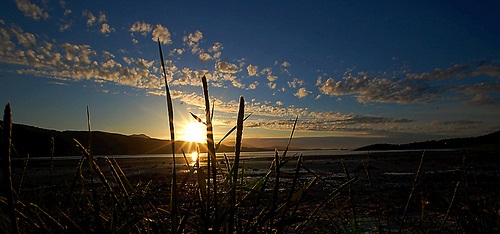
The North Cape, or Nordkapp, in Norway is one of the more popular spots for travellers to go and see the midnight sun as it’s the most northern point in Europe and has around 76 days of midnight sun per year. That’s approximately 1,824 hours of continuous sunlight over a 2-3 month period! Norway provides an incredible backdrop for the Midnight Sun and all-day sunlight with picturesque mountains and fjords, amazing ocean views and beautiful fields of tundra.
It may be difficult for some to cope with days full of sunlight, but if a truly unique experience is what you’re after then crossing the Arctic Circle and seeing the Midnight Sun has to be on your list!
Topdeck Top Tip: Sunlight is a powerful thing! It is known that travellers to the Arctic Circle during summer can feel as though they have more energy and need less sleep. Before you go, prepare yourself for a change in your body-clock and get ready to make the most of the additional hours of sunlight.
5 tips for photographing the Midnight Sun via visitnorway.com: http://bit.ly/1dmTEDW
![Barcelona and La Sagrada Familia [Photo courtesy of www.sagradafamilia.cat] Photo courtesy of sagradafamilia.cat](http://topdecknews.com/wp-content/uploads/2013/08/sagreada.jpg)
